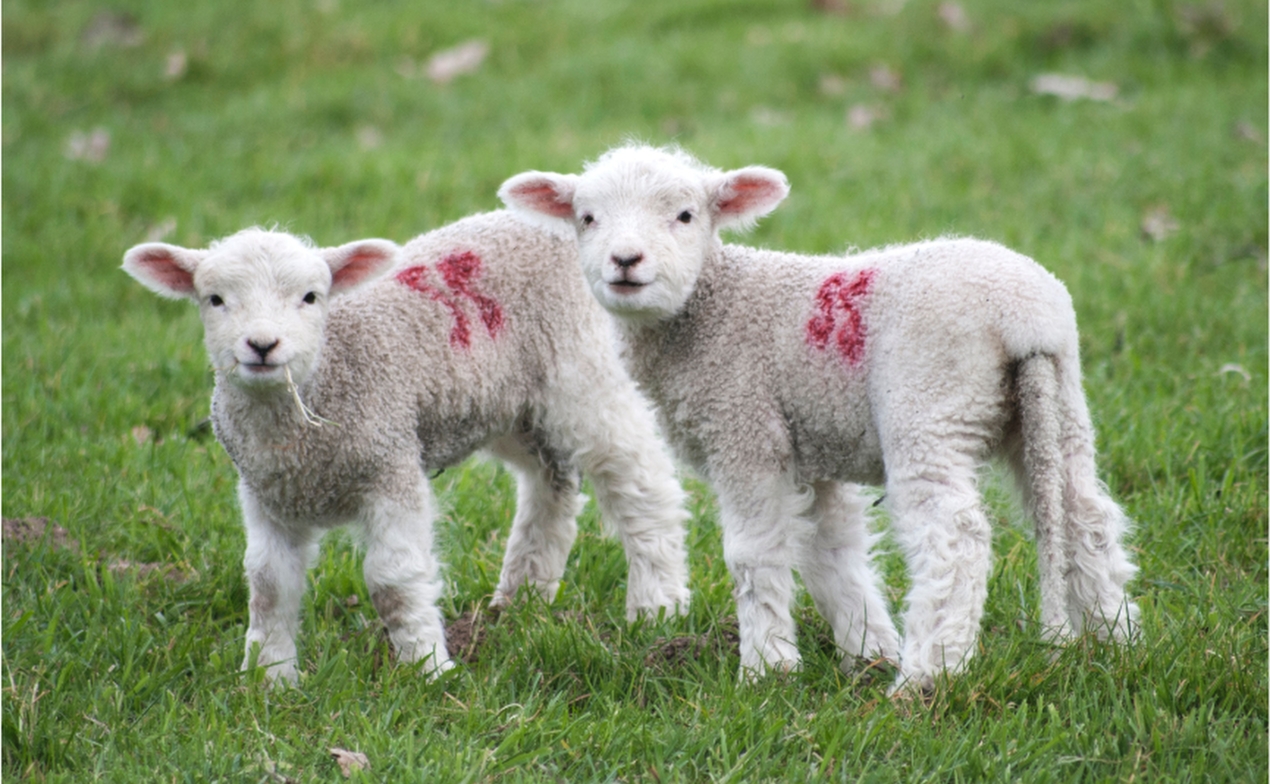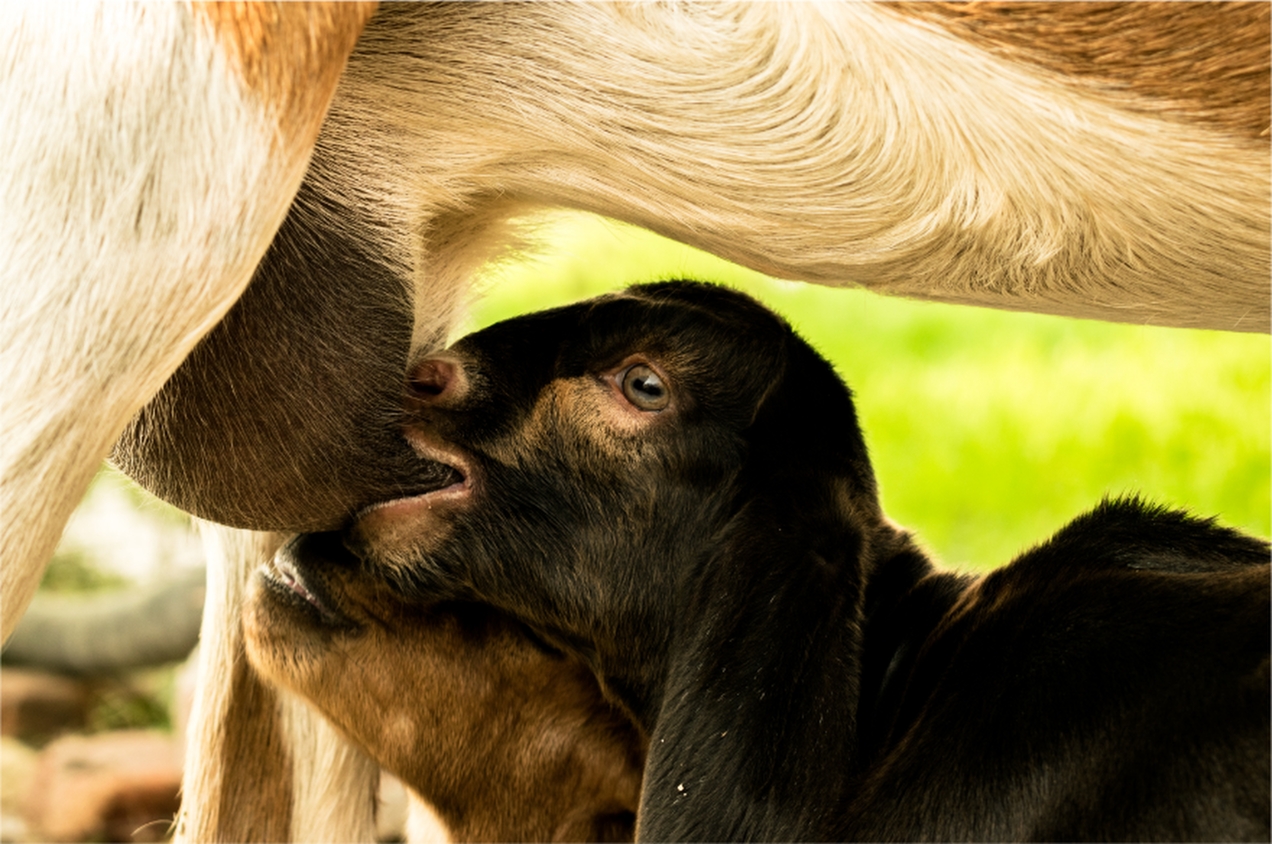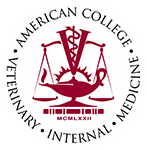HELPFUL ARTICLES
LAMBING AND KIDDING
Dr. Stephen Angelos, DVM, DACVIM
What to watch for and when to call for help!

This is the time of year when many of the large animals we work on are lambing or kidding (or foaling or unpacking-the term for when a llama or alpaca has a cria!). Most of the time these are events that proceed as nature intended, and little help is needed. However, there are times when assistance is essential. This can range from a small amount of pulling or repositioning on a leg, to a caesarian. While the number of times assistance is needed is very low in comparison to the number of normal births, you should know when a birth is normal, when to call for verbal assistance, and when emergency intervention is needed.
One of the first steps to being prepared is to know when your animal is expected to give birth. In cases when an exact breeding date is known, there is less guesswork for knowing when a birth will occur. This is often not the case, especially in sheep. In these cases, there is usually a general idea as to when lambing or kidding will be happening based on the first and last date that the ram was with a group of ewes. In horses, bred mostly by artificial insemination, expected birth dates are usually known.
Gestation lengths of common domestic large animals:
Sheep: 145-150 days; Goats: 147-155 days; Llamas: 11 months; Alpacas: 11-12 months; Horses: 11-12 months The good news is that there are clues as to when birth will occur and it is important to watch for these signs so you can be prepared: udder development, relaxation of the pelvic ligaments, changes in external perineal anatomy like elongation of the vulva, and behavior changes like separation from the group, or nesting are common signs. In late gestation, it is essential that you be aware of any animals that go off feed or appear to not feel well. Pregnancy toxemia is a condition in sheep and goats and needs immediate diagnosis and treatment.
When things go right:

For all the animals we work on, the normal delivery begins with stage 1 of labor, which is cervical dilation. This is the time when fetal fluid or membranes may be visualized. Stage 1 is followed by stage 2, which is when the mother is having active contractions and the lamb or kid is born. Stage 3 is defined by the passing of the placenta. As a rule, these stages are separated by about 30 minutes, but there is a large amount of variation between animals even during a healthy delivery. During stage 2 of labor, it is normal for the tips of the front legs and the tip of the nose to appear at the vulva. If you don’t see two feet and a nose, something isn’t normal. This is how you know when an incorrect presentation is occurring. It is at this point that you should either call for assistance or investigate yourself and then call for assistance.
When things dont’t go right:
Most problems that owners or veterinarians need to assist with occur during stage 2. Always be clean and gentle when performing any type of obstetrical procedure. For most of the common obstetrical manipulations, repositioning a lamb or kid is necessary before delivery can proceed as planned. One rule you should remember is that if a head and legs can become engaged in the pelvis of the mother at the same time, then delivery should be able to occur vaginally. In cases when this is not possible, it may be necessary to consider the option of a caesarian surgery. In some of the smaller breeds of goats we see commonly in this part of Vermont, it can be especially difficult to manipulate limbs or a head because the animal is so small it is not possible to safely pass the hand into the uterus. In these cases, the safest thing for the mother, lambs, or kids is surgery.
If a mother begins the initial stages of labor, and then stops having contractions or if contractions are happening with no progress for 30 minutes, then you should call for advice or assistance. There are situations of birthing problems complicated by issues involving twisting of the uterus. In these cases, normal delivery cannot occur until the uterus is untwisted. Sometimes the cervix will not dilate properly and stage 1 of labor begins, but then nothing happens because the lambs or kids cannot enter the birth canal to initiate active contractions by the mother.

If a ewe or doe has a normal delivery but the placenta does not pass in a timely manner, it can make the mother sick. In these cases, we need to start medical treatments with antibiotics and anti-inflammatory medications, in addition to medications to help initiate contractions. Many of these cases can be managed by an owner themselves with medications on hand, but it is always good to call for guidance and advice.
The bottom line:
Many problems that we see could have a better outcome if intervention or advice happened sooner. Always call for help if you are not sure if something is happening correctly. Don’t wait! We would much rather get a call in the middle of the night to a healthy lambing or kidding rather than two hours later when the situation is dire, the ewe or doe is compromised, or the lambs and kids are dead. In any dystocia, the lambs or kids are going to be compromised compared to a normal birth. Just because you call your vet does not mean for sure that they need to come out. If you are comfortable performing a vaginal examination of the mother, then this is very helpful for us when you call because you will have more information for us. However, if you are not, no worries. We are always available for help!




